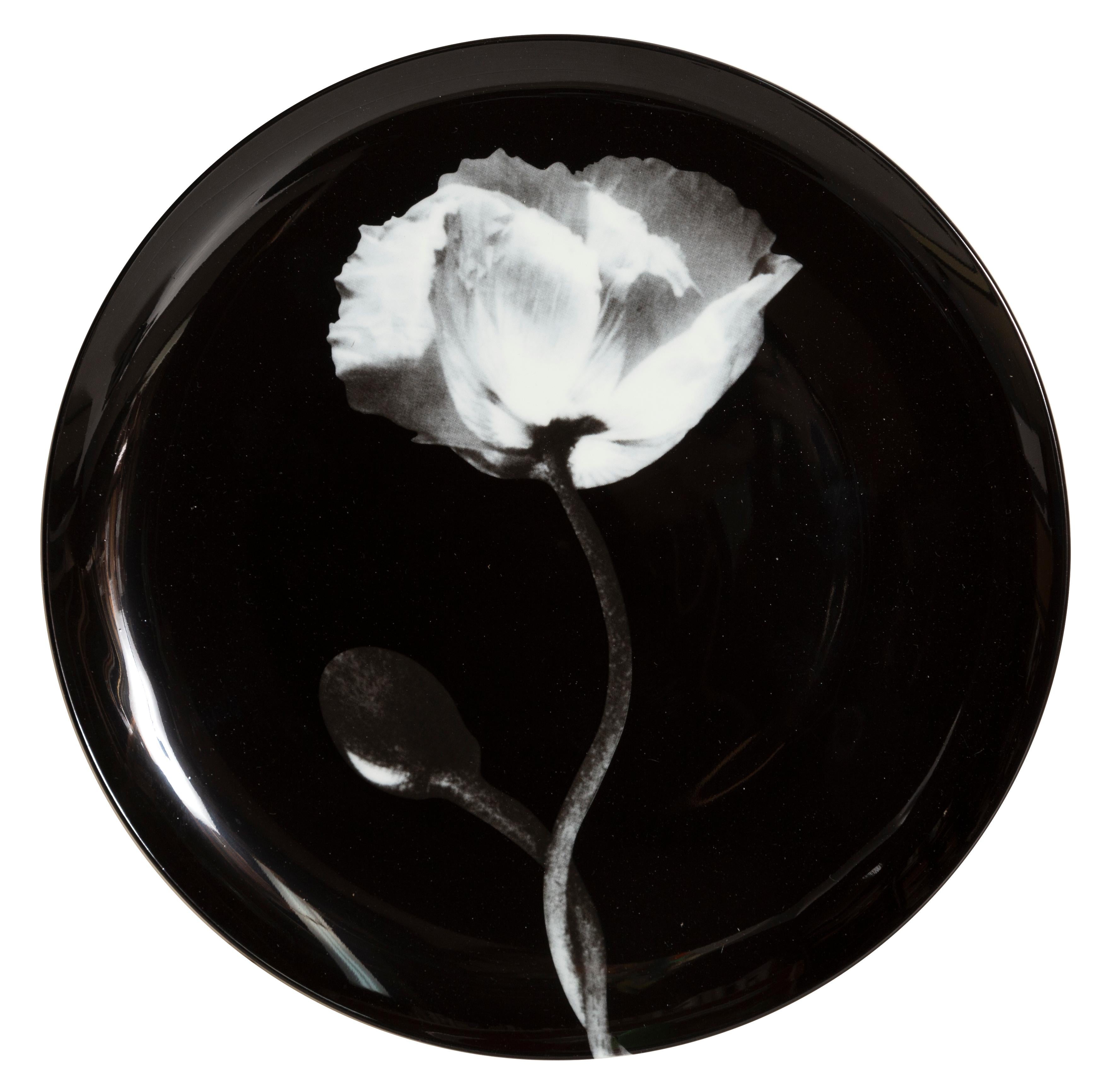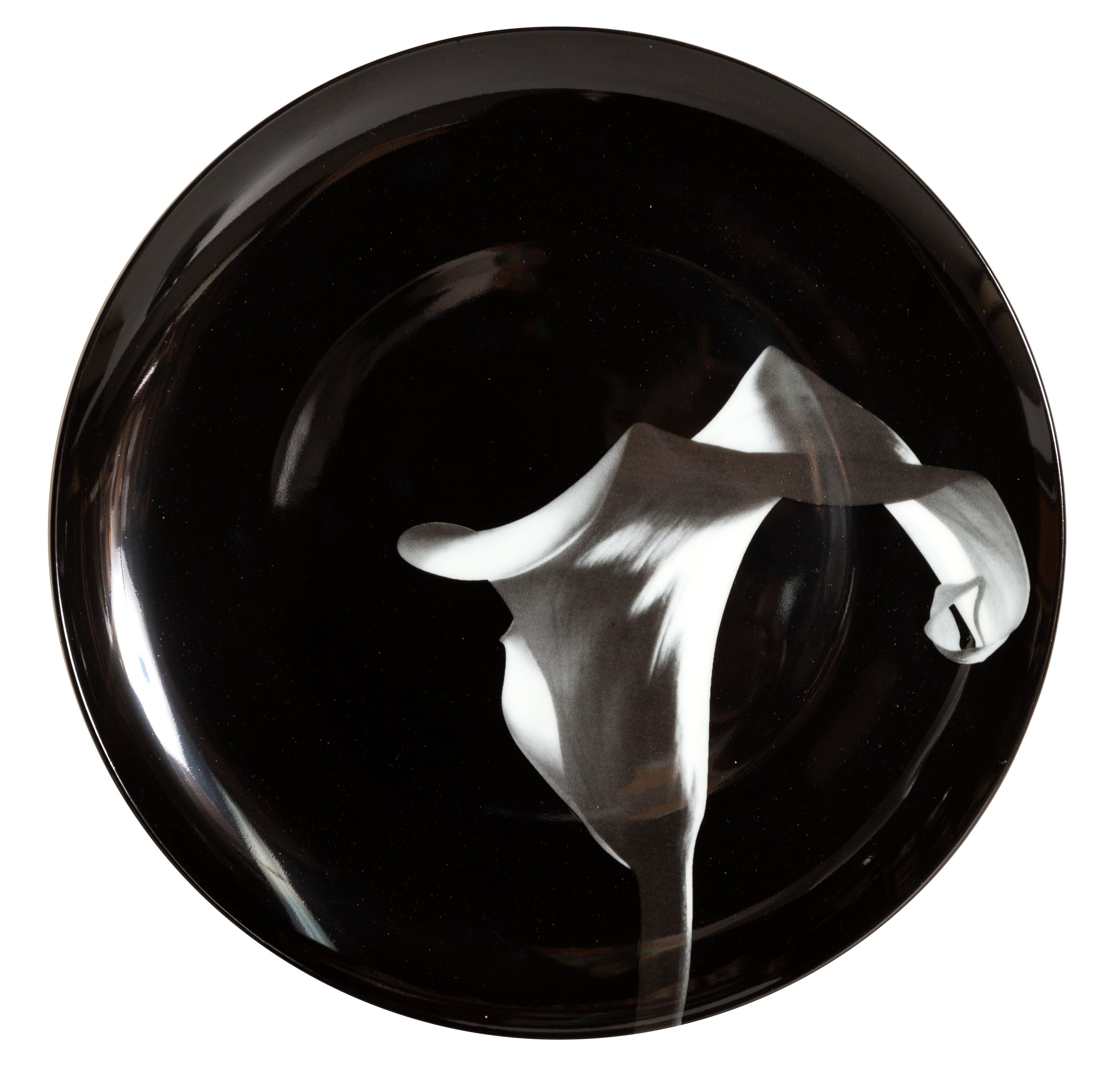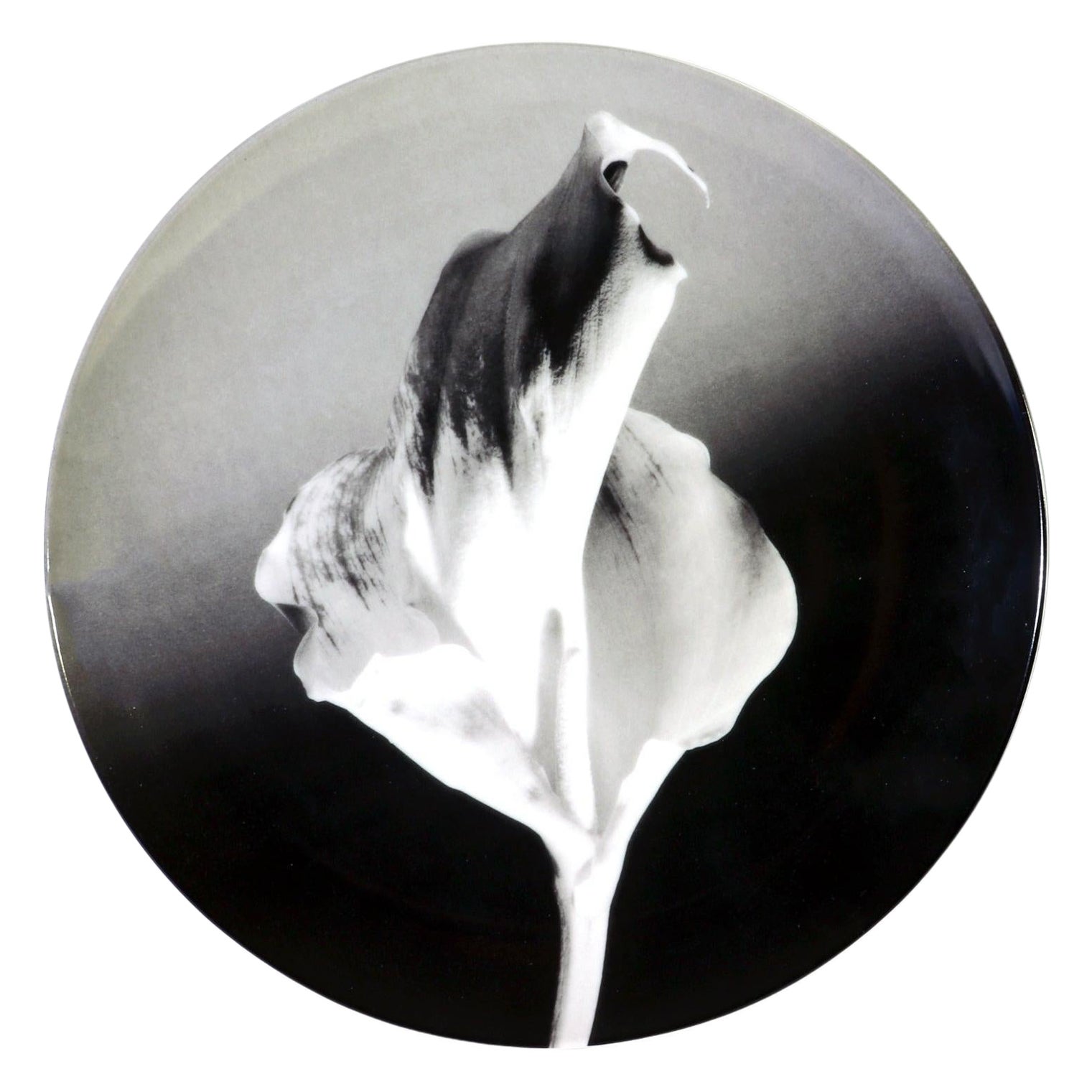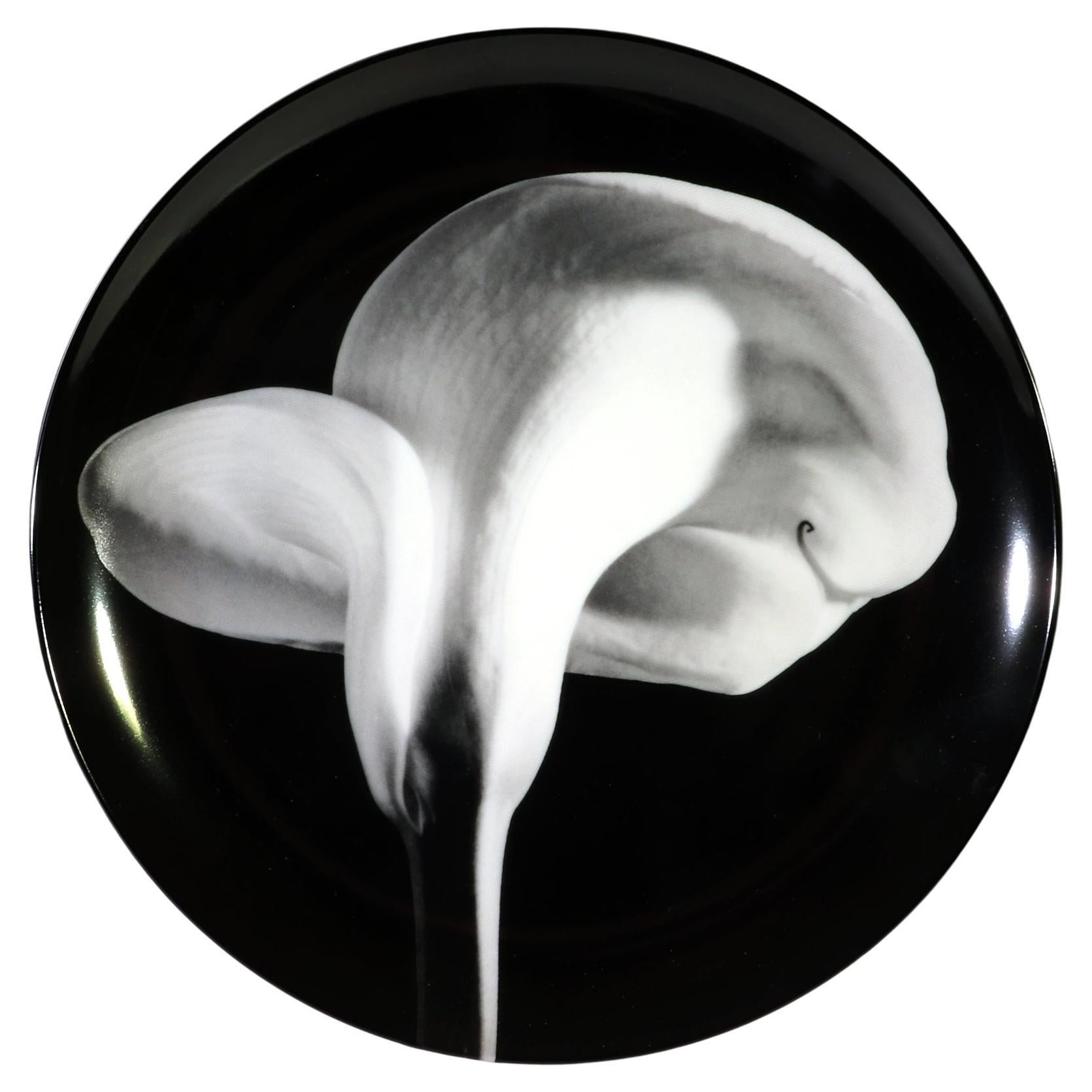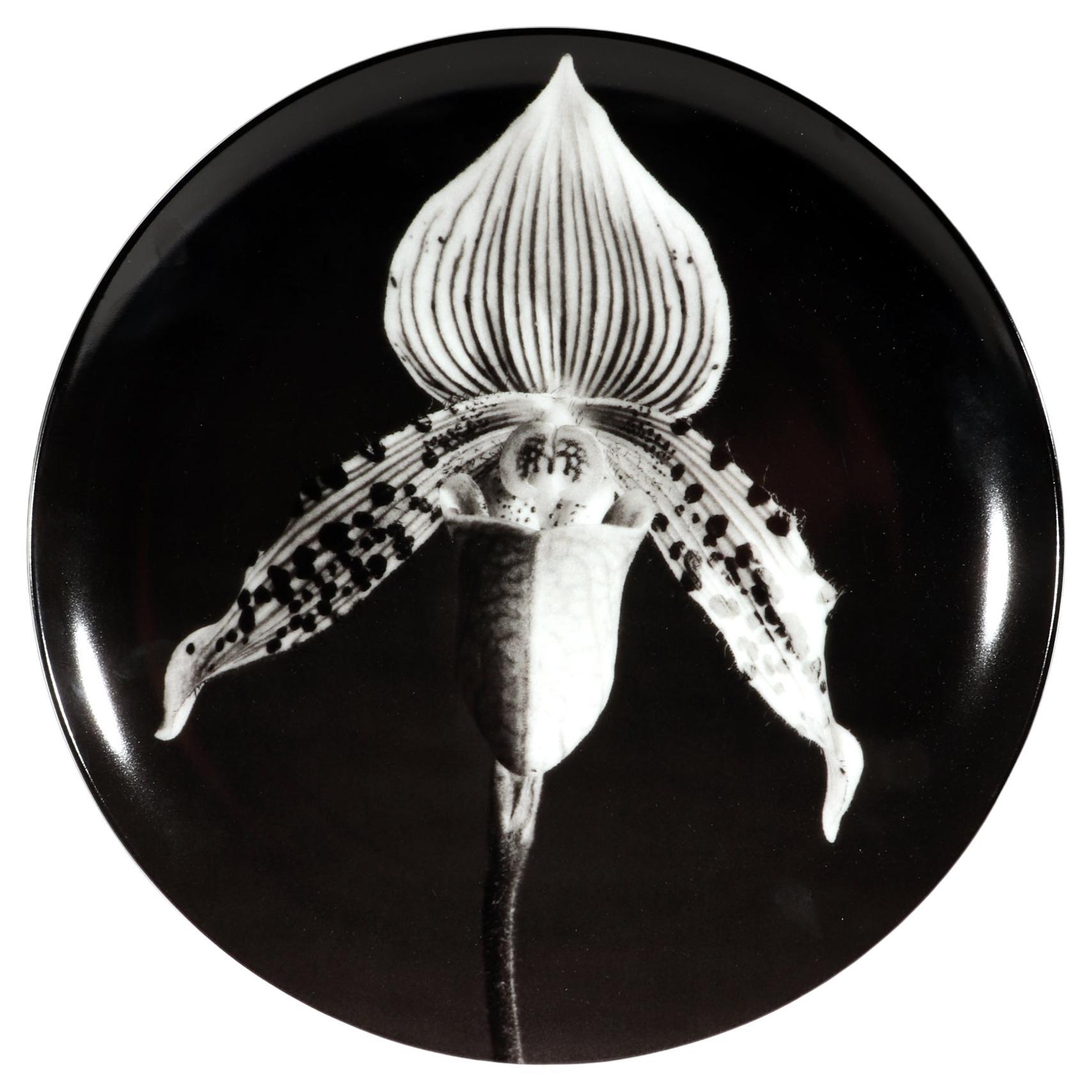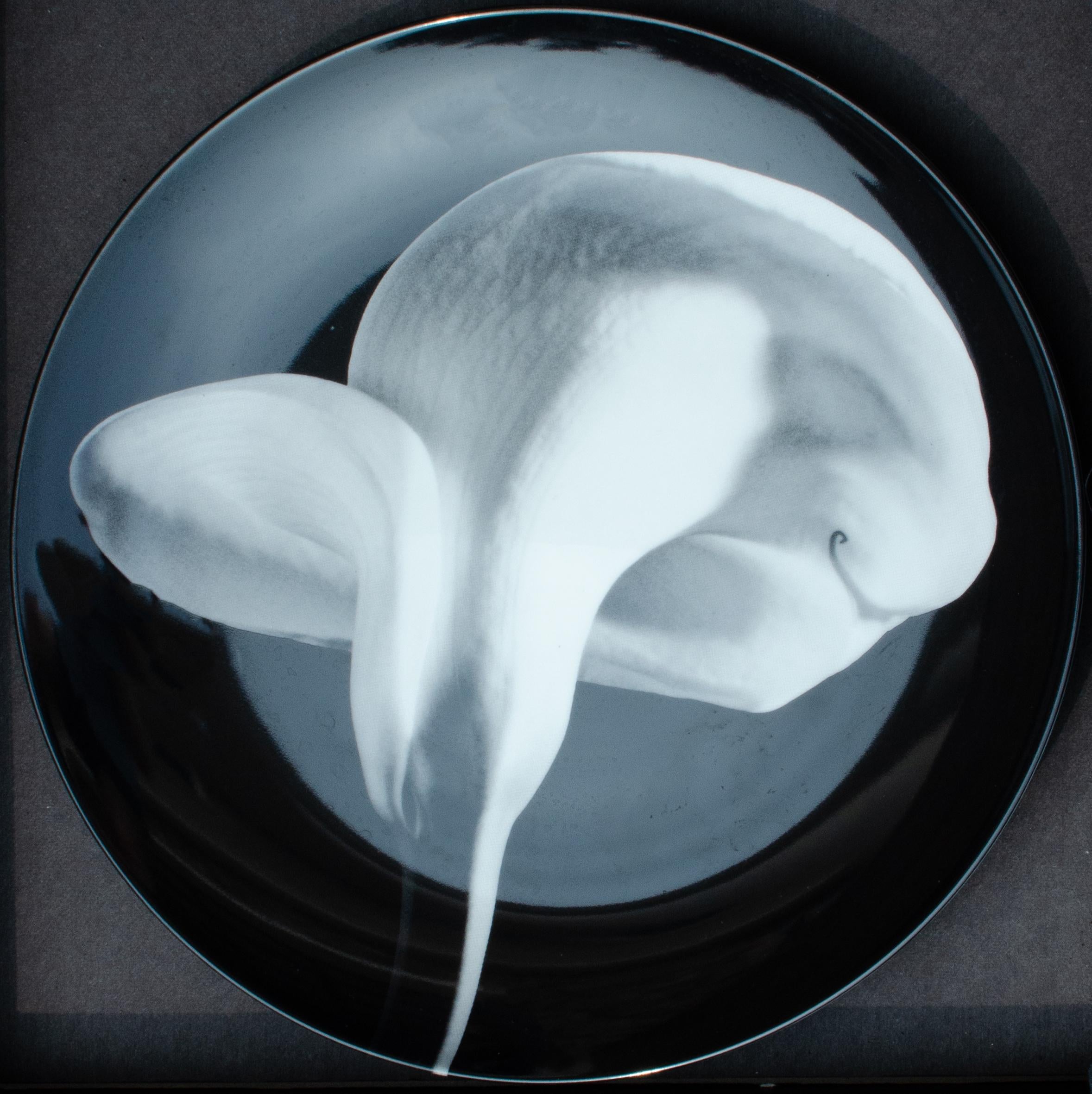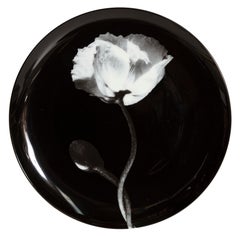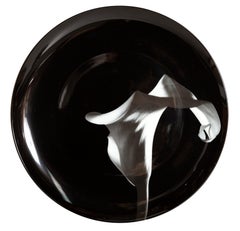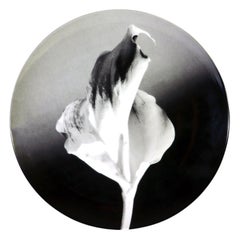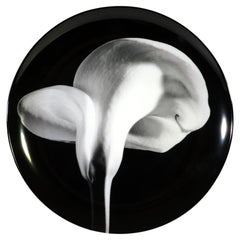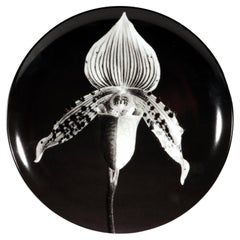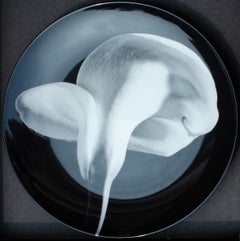Items Similar to Robert Mapplethorpe, Pair of Porcelain Plates
Want more images or videos?
Request additional images or videos from the seller
1 of 7
Robert Mapplethorpe, Pair of Porcelain Platescirca 2000
circa 2000
$500
£376.20
€434.52
CA$706.63
A$766.80
CHF 406.34
MX$9,404.45
NOK 5,028.40
SEK 4,751.57
DKK 3,243.93
About the Item
A pair of limited edition ceramic plates incorporating Robert Mapplethorpe’s Cala Lily and Poppy Flower photographic images. This set is new, plastic-wrapped in box, mint condition. Published by Nuit Blanche, Paris in conjunction with the Robert Mapplethorpe Foundation, NY
Artist: after Robert Mapplethorpe, American (1946 - 1989)
Title: Calla Lily & Poppy Flower
Date: circa 2000
Medium: Pair of Porcelain Plates, printed signature, numbering verso
Edition Size: 500
Diameter of each plate: 8.25 inches
In the original sealed box.
Published by Nuit Blanche, Paris in conjunction with the Robert Mapplethorpe Foundation, NY
About the Seller
4.9
Platinum Seller
Premium sellers with a 4.7+ rating and 24-hour response times
Established in 1979
1stDibs seller since 2014
3,105 sales on 1stDibs
Typical response time: 1 hour
- ShippingRetrieving quote...Shipping from: Long Island City, NY
- Return Policy
Authenticity Guarantee
In the unlikely event there’s an issue with an item’s authenticity, contact us within 1 year for a full refund. DetailsMoney-Back Guarantee
If your item is not as described, is damaged in transit, or does not arrive, contact us within 7 days for a full refund. Details24-Hour Cancellation
You have a 24-hour grace period in which to reconsider your purchase, with no questions asked.Vetted Professional Sellers
Our world-class sellers must adhere to strict standards for service and quality, maintaining the integrity of our listings.Price-Match Guarantee
If you find that a seller listed the same item for a lower price elsewhere, we’ll match it.Trusted Global Delivery
Our best-in-class carrier network provides specialized shipping options worldwide, including custom delivery.More From This Seller
View AllRobert Mapplethorpe, Poppy Flower Porcelain Plate
Located in Long Island City, NY
Artist: after Robert Mapplethorpe, American (1946 - 1989)
Title: Calla Lily
Date: circa 2000
Medium: Porcelain Plate, printed signature verso
Edition Size: 500
Diameter: 8.25 inches
...
Category
Early 2000s Modern Still-life Sculptures
Materials
Porcelain
Robert Mapplethorpe, Calla Lily Porcelain Plate
Located in Long Island City, NY
Artist: after Robert Mapplethorpe, American (1946 - 1989)
Title: Calla Lily
Date: circa 2000
Medium: Porcelain Plate, printed signature verso
Edition Size: 500
Diameter: 8.25 inches
...
Category
Early 2000s Modern Still-life Sculptures
Materials
Porcelain
Rosenthal Plate, Limited Edition Ceramic by Otto Piene
By Otto Piene
Located in Long Island City, NY
Decorative Rosenthal ceramic plate produced in collaboration with artists Otto Piene from 1973. A modern design in Piene's abstract modernist style. Porcelain plate with box and sign...
Category
1970s Modern Abstract Sculptures
Materials
Ceramic
Calla Lily, Digital Photograph Print on Metal by Jonathan Singer
Located in Long Island City, NY
Artist: Jonathan Singer (American, b. 1949)
Title: Two Lilies
Year: circa 2010
Medium: Digital Photograph on Aluminum Panel
Image Size: 40 x 40 in. (101.6 x 101.6 cm)
Category
2010s Contemporary Still-life Photography
Materials
Digital
"Le Damigelle in Craquelet" White Porcelain Vase by Matteo Thun
By Matteo Thun
Located in Long Island City, NY
Artist: Matteo Thun, Italian (1952 - )
Title: Le Damigelle in Craquelet
Year: circa 2008
Medium: Porcelain
Size: 15 x 7 x 7 inches
Produced by Orlando Andrian and Claudio Gambalonga...
Category
Early 2000s Minimalist Abstract Sculptures
Materials
Porcelain
Lillias (9 Piece Installation)
By Ray Charles White
Located in Long Island City, NY
Artist: Ray Charles White (Canadian 1961 - )
Title: Lillias
Year: 2005
Medium: Screenprinted Enamel on Anodized Aluminum (Nine Panels), each signed ...
Category
21st Century and Contemporary Contemporary Still-life Prints
Materials
Aluminum
You May Also Like
Robert Mapplethorpe Botanical Porcelain Plate, Flower, 1986
By Robert Mapplethorpe
Located in Downingtown, PA
Robert Mapplethorpe Botanical Plate,
Flower, 1986
Made By Swid Powell
The Robert Mapplethorpe porcelain plate depicts in black and white a flower dated on the reverse 1987. It is lithographically printed porcelain based on Robert Mapplethorpe's photograph and made by Swid Powell.
Robert Michael Mapplethorpe was an American photographer, best known for his black-and-white photographs. His work featured an array of subjects, including celebrity portraits, male and female nudes, self-portraits, and still-life images. He was concerned with Classical aspects of beauty, whether in his nudes, floral still life pictures, or self-portraits—light, shadow, composition, and form were central to all his work.
Dimensions: 12 inches diameter x 1 inch height
Reference: Annette Tapert, Swid Powell: Objects by Architects, New York, 1990, pp. 142-43
See: Examples from this series can be found in the MFAH, The Museum of Fine Arts, Houston.
Also see Yale University Art Gallery for an examples.
Robert Mapplethorpe was born on November 4, 1946, in Floral Park...
Category
Vintage 1980s American Modern Porcelain
Materials
Porcelain
Robert Mapplethorpe Botanical Porcelain Plate, Calla Lily, 1984
By Robert Mapplethorpe
Located in Downingtown, PA
Robert Mapplethorpe Botanical Plate,
Calla Lily, 1984
Made By Swid Powell
The Robert Mapplethorpe porcelain plate depicts in black and white a Calla Lily made in 1984. It is lithographically printed porcelain based on Robert Mapplethorpe's photographs and made by Swid Powell.
Robert Michael Mapplethorpe was an American photographer, best known for his black-and-white photographs. His work featured an array of subjects, including celebrity portraits, male and female nudes, self-portraits, and still-life images. He was concerned with Classical aspects of beauty, whether in his nudes, floral still life pictures, or self-portraits—light, shadow, composition, and form were central to all his work.
Dimensions: 12 inches diameter x 1 inch height
Reference: Annette Tapert, Swid Powell: Objects by Architects, New York, 1990, pp. 142-43
See: Examples from this series can be found in the MFAH, The Museum of Fine Arts, Houston.
Also see Yale University Art Gallery for an examples.
Robert Mapplethorpe was born on November 4, 1946, in Floral Park...
Category
Vintage 1980s American Modern Decorative Art
Materials
Porcelain
Robert Mapplethorpe Botanical Porcelain Large Plate, Orchid, 1987
By Robert Mapplethorpe
Located in Downingtown, PA
Robert Mapplethorpe Botanical Plate,
Orchid, 1987
Made for Swid Powell,
The Robert Mapplethorpe plate depicts an Orchid made in 1987. It is ...
Category
Vintage 1980s American Modern Porcelain
Materials
Porcelain
Robert Mapplethorpe Calla Lilly collector's plate
By Robert Mapplethorpe
Located in New York, NY
Robert Mapplethorpe (American, 1946-1989)
Calla Lilly, plate produced by Swid Powell in 1989, original image captured 1984
Porcelain with overglaze transfer-printed decoration
12 in....
Category
1980s Contemporary More Art
Materials
Porcelain
Lokoum Set of 2 Porcelain Plates BW
By Bertrando Di Renzo
Located in ROCCAVIVARA CB, IT
Lokoum sweet and unusual as Turkish delights that give the name to this collection
Set of 2 plates
Measures: Dinner 27cm
Dessert 21cm
Porcelain.
Category
21st Century and Contemporary Italian Modern Tableware
Materials
Porcelain
$65 / set
Robert Mapplethorpe 'Tulip' 1994
By Robert Mapplethorpe
Located in Brooklyn, NY
This striking image titled Tulip is drawn from a 1994 box set of Robert Mapplethorpe photographs, published by teNeues Publishing Company and printed in Germany. Capturing the timele...
Category
1990s Prints and Multiples
Materials
Offset
More Ways To Browse
Maplethorpe Calla
Surf Board Art
Swan Lake Ballet
Sycamore Tree Painting
Tayler Oil
Teepee Paintings
Terry Miura
Texas Framed Art Longhorns
Thanh Le
Thoroughbred Paintings
Torino Paintings
Trinity Church New York
Tuxedo Painting
Venice The Grand Canal And Rialto Bridge
Vermouth Poster
Vietnam War Poster
Village People Painting
Vintage Apple Logo
